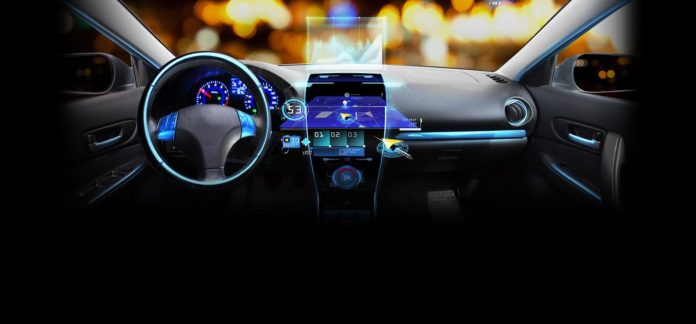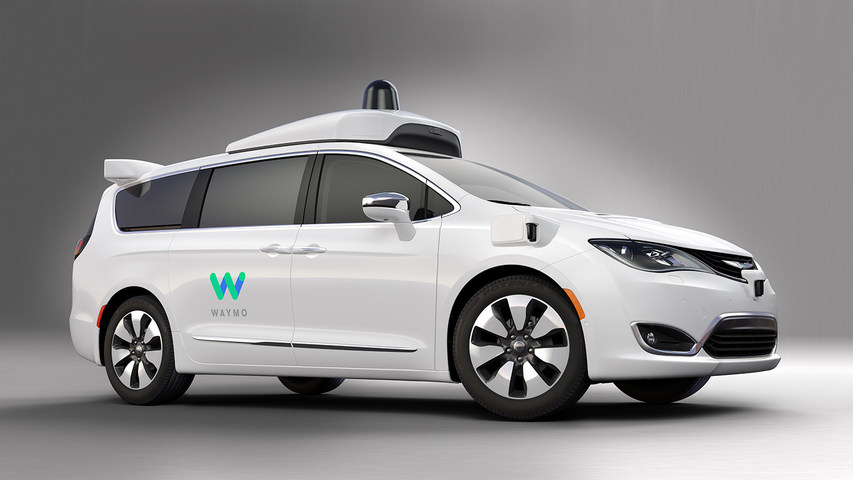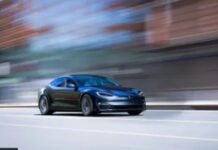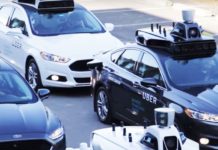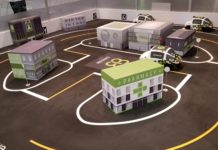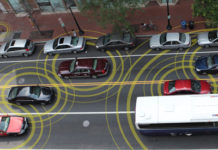New vehicles will rely on massive amounts of software and data updates to operate as connected and autonomous cars continue to be tested and rolled out.
As a result, automakers will be have to effectively manage software and data throughout the life cycle of a vehicle, said Scott Frank, Airbiquity vice president of marketing.
“New vehicles are increasingly reliant on software and data to operate critical on-board systems and components and power consumer facing features and services. For example, some luxury vehicles already contain 100 million lines of software code–five times the amount of code in a modern fighter jet,” he said. “Looking into the future, fully autonomous vehicles, those defined as [Society of Automotive Engineers] Level 5, are predicted to have 300 million lines of code and potentially generate up to 4,000 GB of data per day. Based on these numbers alone you can see the importance of being able to continually manage vehicle software and data throughout the lifecycle of the vehicle, and the only way to do that efficiently is via [over-the-air software].”
Frank said that OTA software updates address software-related recalls and cybersecurity threats, which are forecasted to provide automakers billions of dollars of expense savings in the years ahead.
“OTA software updates will also allow automakers to achieve faster recall compliance times, eliminate consumer burdens of bringing vehicle to dealers for repairs and deliver post-purchase vehicle performance and feature enhancements contributing to customer satisfaction and loyalty,” he said. “Consumers, in addition to saving time and expense bringing cars to dealers for software updates, will enjoy a more engaging, efficient, and productive driving and vehicle ownership experience.
Airbiquity rolled out its OTAmatic a cloud-based service that enables automakers and automotive suppliers to make OTA software updates and data management campaigns for connected vehicles.
Frank said the OTA technology is important because it enable automakers to develop advanced driver assistance systems (ADAS), vehicle-to-everything (V2X) and autonomous driving features.
Frank says that prior phases of connected vehicle technology were about major use cases such as safety and security services, including automotive crash notification and concierge access, smartphone integration and infotainment delivery and commercial fleet management.
“Going forward the industry will see continued development of ADAS, V2X and autonomous driving features, all of which will be increasingly reliant on highly-specialized connected vehicle software technology and cloud service delivery,” says Frank, who believes his company will play a role in future autonomous vehicle rollouts with its OTA software and data management.
Cash-Strapped Faraday Future Trying to Raise $1 Billion
In other autonomous vehicle news, electric car startup Faraday Future, which scrapped plans for a San Francisco-area facility earlier this year, is trying to raise $1 billion as cash runs thin, according to published reports.
Faraday Future, which the automotive industry views as Tesla’s main competition, is in dire financial condition because of its association with Jia Yueting, a Chinese billionaire, according to Bloomberg.
Yueting, Faraday’s main investor, won’t pour money into the startup, the article said. Yueting heads Chinese electronics company LeEco, which is having financial difficulties, the article said.
Faraday, which plans to open a Las Vegas-area plant, scrapped its plans for a Bay Area facility after defaulting on payments to contractors, the article said.
When Faraday first rolled out an electric vehicle at CES in 2016, most of the automotive press were not giddy over the car, or the announcement, thinking it was more fluff than substance.
However, the despite reports of executives leaving and financial woes in 2016, Farraday redeemed itself earlier this year at CES when it rolled out an autonomous electric vehicle that it said accelerates faster than main Tesla’s Model S. The FF91 was rolled out in a live demo, which also showed it can park itself in an empty space.



